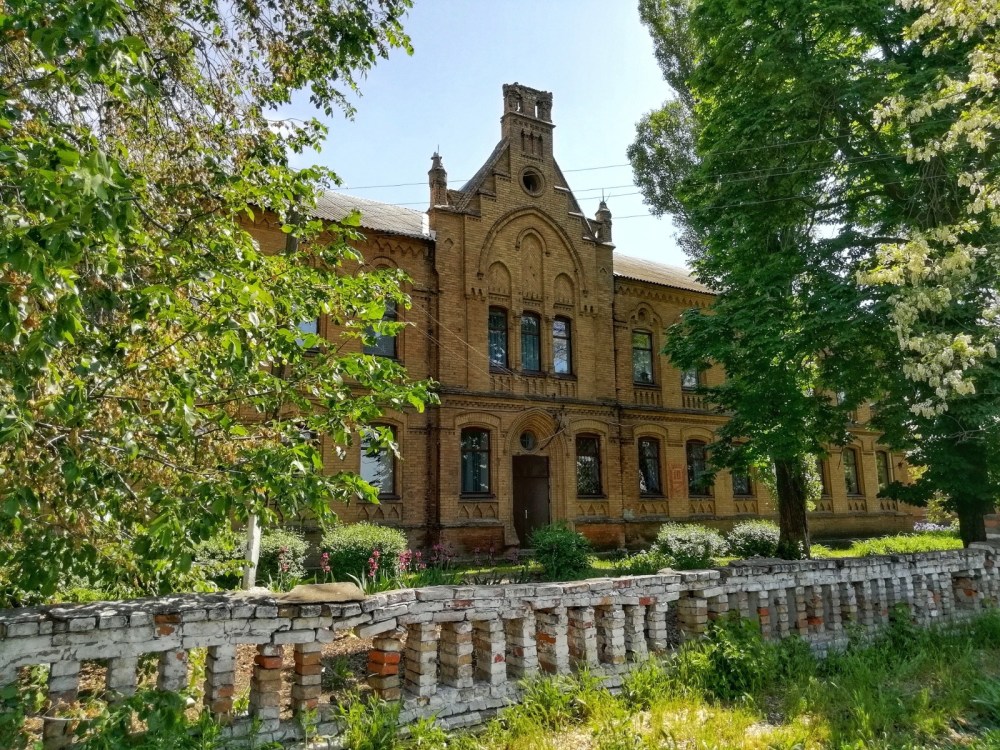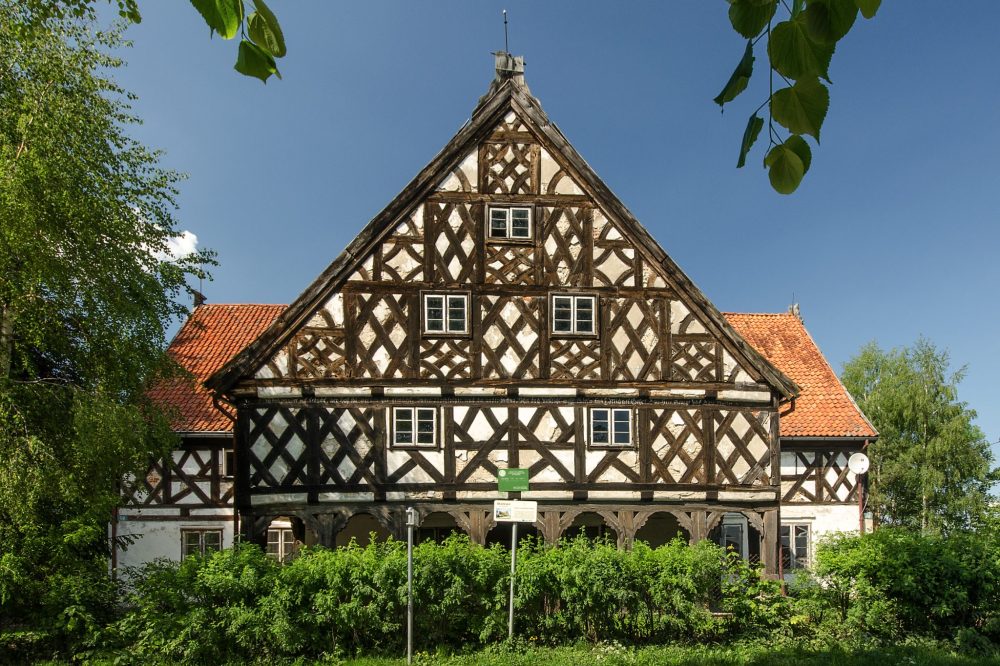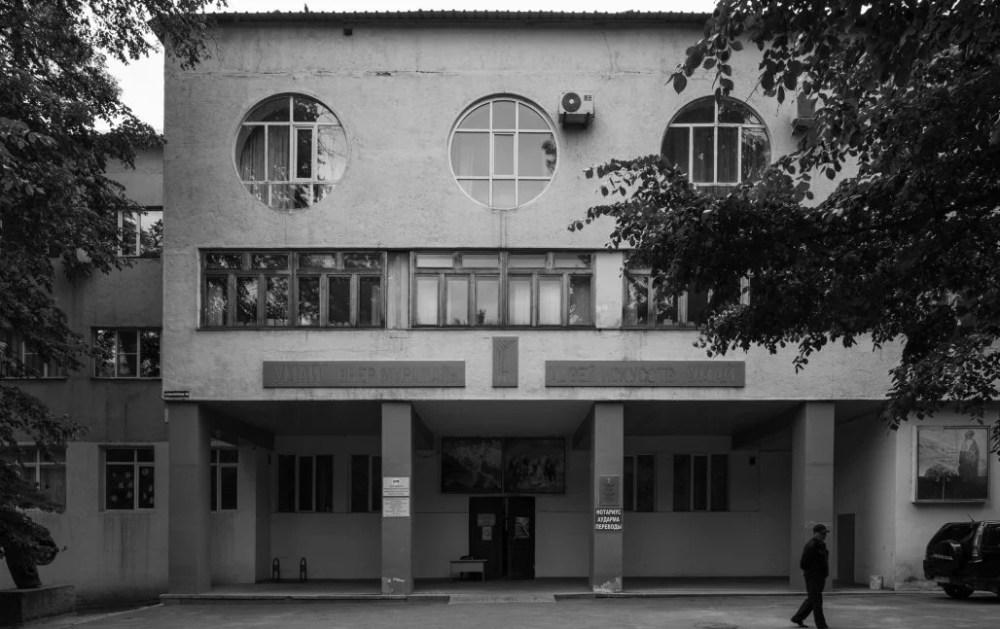COLUMN: Village News – Our histories cling to us
Advertisement
When I took over the writing of the Village News last May, I began a journey into the 150-year history of Steinbach by quoting the Nigerian author Chimamanda Ngozi Adichie, “Our histories cling to us. We are shaped by where we come from.” For myself, and many Mennonites, Canada is a major part of that story. For many Mennonite families, their tenure in this country is now longer than the time spent by our ancestors in Imperial Russia. I think Chimamanda’s quote speaks to the fact that many Mennonites still hold to a sense of identity that includes the places we inhabited in the past as part of who, and what we are as a people.
In 1763, Catherine II invited European settlement into “New Russia” (what is today Southern Ukraine), and Mennonite delegations went out from Poland to explore this new option. In 1789, Crown Prince Paul signed an agreement with potential Mennonite settlers, exempting military service among other inducements, and the first colony of Chortitza along the Dneipr River was formed. Fifteen years later, the colony of Molotschna was founded. In Molotschna the settlers developed a tenuous relationship with the Nogai people, semi-nomadic herders who would rent pasture land and occasionally raid Mennonite herds. When the Prussia government eliminated military exemption in the mid-1800s, the majority of the remaining Mennonite communities in modern Poland emigrated to Chortitza and Molotschna, swelling these villages by an additional 9,000 people. Others migrated to the Volga River region of Russia, on the promise of 20 years of military exemption. When this exemption was threatened in the 1870s, Mennonite leaders started looking for a new home, one they hoped would honour the agreements Mennonites sought. There was a significant portion of the community that did not leave Russia at this time, but stayed until after the revolution when Mennonites were targeted alongside of many other ethnic and religious groups. Many were killed, captured and sent to gulags, or forcibly relocated to far-flung regions of the Soviet empire, such as Alma Ata (Almaty), Kazakhstan. The lucky ones managed to escape and over 20,000 Mennonites fled to Canada, leaving loved ones and the lives they had built behind.
Even further back in our history, Poland also left an indelible mark on Mennonite communities. Fleeing persecution and death in the lowlands of the Netherlands and Belgium, Dutch Mennonites settled in Danzig (Gdańsk)in the 1530s. The Anabaptist movement (1525), and the Mennonite community (1536) had only just come into being when this fledgling group had to seek safety from the sentence of death in their homeland. It is believed Menno Simons himself visited Danzig in 1549, and Dirk Philips, a leading Mennonite theologian, founded the first church in 1569. Their community of over 1000 individuals was given religious freedom, but they were not granted formal citizenship until the foundation of the Kingdom of Prussia in 1793. The impact of this reality, being driven from your home for your choice of belief, and then being welcomed but never fully accepted as citizens of a new home likely had a lasting impact on Mennonite identity.

This history clings to us. My experience growing up Mennonite has been full of stories of a people who chose to stay apart. Persecution, relocation and struggle were indelibly etched into the stories I was told of my ancestors. For many Mennonites, our families have now lived in Canada for longer than our ancestor’s time in Russia. We are third, fourth, even fifth generation Canadians, and we owe a lot to this country and have shaped and been shaped by it. Our story is different, but not unique from many other peoples who seek the refuge from strife, discord, and famine that Canada offers. I hope that our history, how we have been shaped by the places and events of our past, will encourage us to shape our country to welcome others as we have been.
Upcoming events
MHV @ The Public: From the Vistula Delta to the Tourist Hotel, Nov. 30, 7 p.m. Join the MHV at The Public Brewhouse and Gallery to share music and stories over a glass of your favourite beverage. Music by Paul Bergman, a travelogue of the Vistula, Poland by Andrew & Erin Unger, and tales of the Tourist Hotel by Mitch Toews. Drinks & snacks available for purchase, with a donation to support the Mennonite Heritage Village.
Where the Cottonwoods Grow viewing, Dec. 1, 2:30 p.m. Hosted by the Christian Mennonite Church, 479 Hanover St. Experience the story of Mennonite migration to Canada in 1874 and the difficult decisions and experiences of our Mennonite ancestors.
Winter in the Village, begins Dec. 3! Visit the village and enjoy the light displays, kicksleds, skating, snowshoeing and more. Join the MHV on Dec. 5 for the 150th Choral Celebration with Eastman Male Chorus. Stay tuned to www.mhv.ca for workshops hosted throughout the winter.


